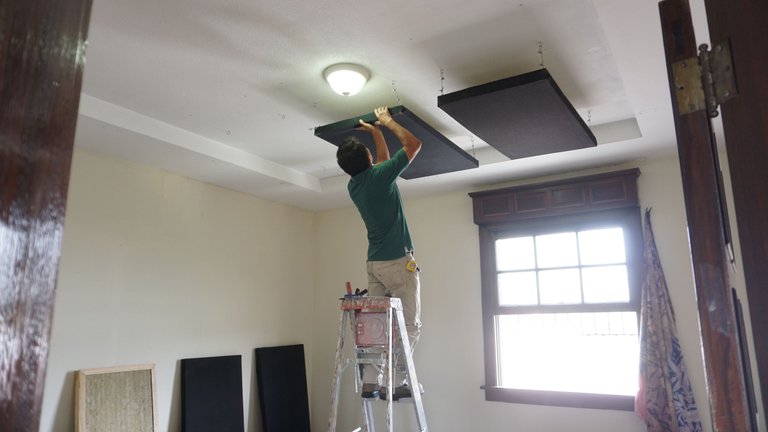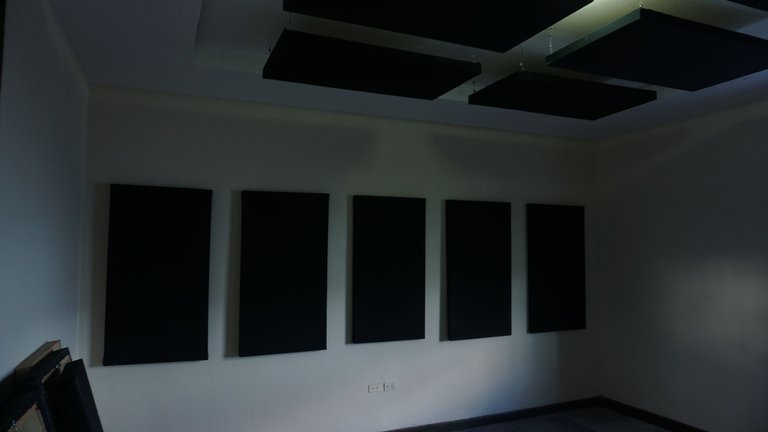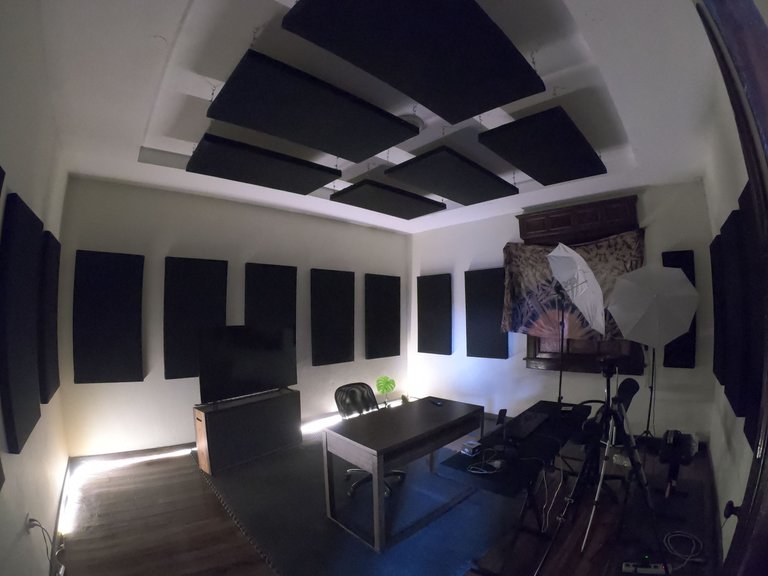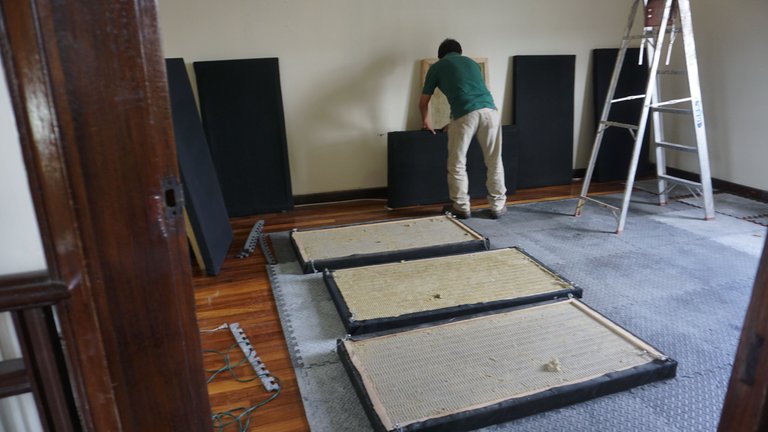
When recording, microphones, preamps and instruments are important, but one of the most important aspects that often gets overlooked is acoustic treatment. An ok microphone in a well-treated room will often times sound better than an excellent microphone in a poorly treated room.
What is acoustic treatment?
Let's start with reflections.
Sound radiates outward from its source like a sphere. Here is a visual representation I found on TY:
When these sound waves hit a flat surface like a wall, window, or floor, the sound bounces off that surface until it hits another surface. If this second surface is hard, like concrete or glass, the sound wave will bounce off again, and this process will repeat until the wave looses enough energy that it can no longer moves the air molecules around it, and thus can no longer be picked up by our microphone or ears.
If we are recording something in a non-treated room. The microphone will capture sound coming directly from the source, but also all the sound bouncing off the floor, walls, and ceiling; and since the sound waves have to travel different distances through the air, they will be picked up at different times.
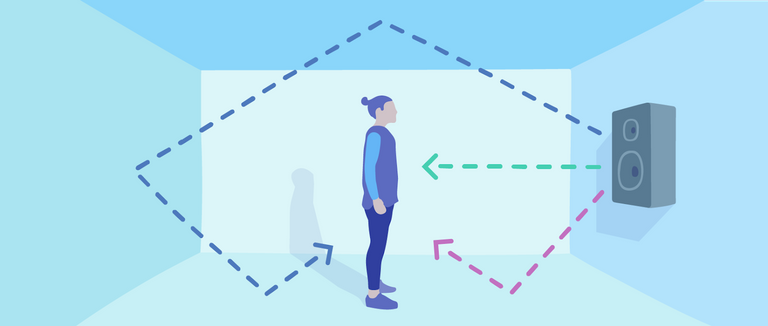
The result will be a reverby mess.
And since the whole point of a recording studio is to produce high quality sound recordings, we can't have that; it would be most uncivilized.
How to deal with reflections? One solution is absorption.
When sound waves hit a softer or porous material, some of the sound waves will enter the material (are absorbed), thus reducing the amount and strength of the reflections. This can be anything from furniture, pillows, blankets, curtains, clothes or people.
 )
)
Here is a visual representation of how the mineral wool material works:
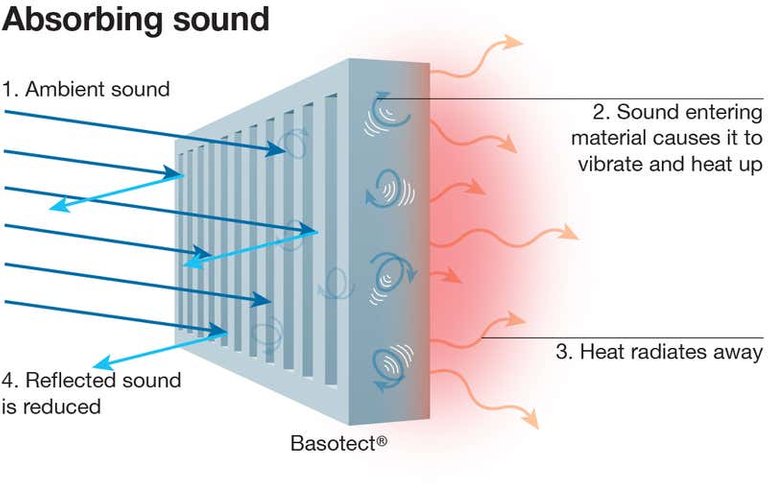
In case you're wondering, egg carton DO NOT work to control sound reflections. The material is way to thin to absorb most sound waves. It will only absorb the shortest waves (highest frequencies) so aside from having an incredibly ugly room, you may not even notice any difference at all.
Here is the amazing Willy doing his thing today; such a talented worker:
If you've been keeping up with our studio builds, you might notice that these panels are the same ones from our very first studio (Recording Box 1.0).
It's a little late in the day, so daylight is getting low. We did manage to get the ceiling panels and one wall up today.
Just in time to record @alex-rourke 's video:
As you may notice, the sound quality is already much better.
We've still got quite a fair way to go.
We'll continue with the installation during the week.
Update:
Willy came over today to finish installing the wall panels and seal the window. This is him stuffing the window with insulation.

This is what the podcast room ended up looking like with all panels fully installed. Thinking about something on the window to nowhere so we can look at a sunset or skyline.
Thanks for stopping by.

sources:
https://www.newscientist.com/article/mg23531350-300-sponsored-towards-the-sound-of-silence/
